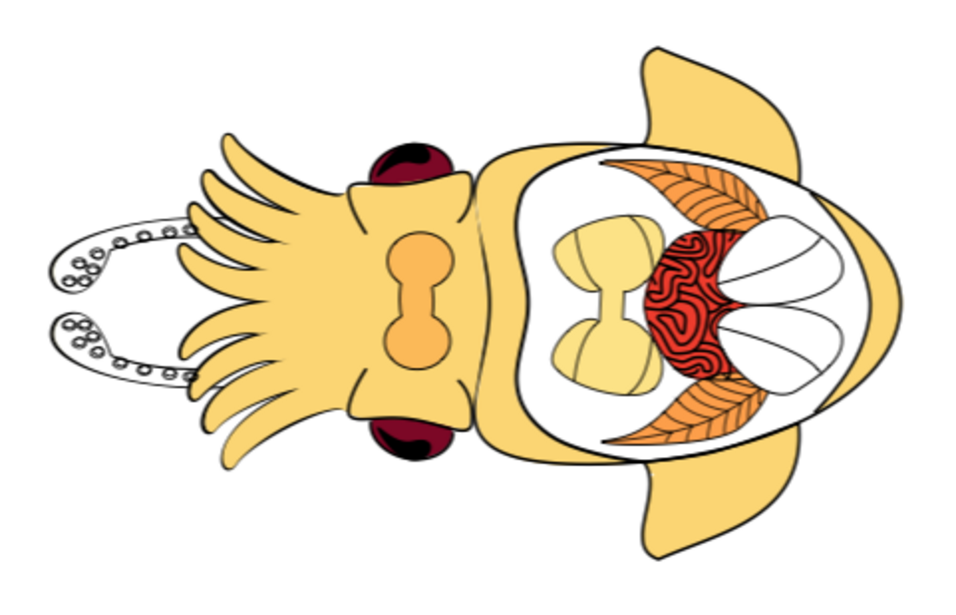Coleoid cephalopods show unique morphological and neural novelties, such as arms with tactile and chemosensory suckers and a large complex nervous system. The evolution of such cephalopod novelties has been attributed at a genomic level to independent gene family expansions, yet the exact association and the evolutionary timing remain unclear. In the octopus genome, one such expansion occurred in the G-protein-coupled receptors (GPCRs) repertoire, a superfamily of proteins that mediate signal transduction. Here, we assessed the evolutionary history of this expansion and its relationship with cephalopod novelties. Using phylogenetic analyses, at least two cephalopod- and two octopus-specific GPCR expansions were identified. Signatures of positive selection were analysed within the four groups, and the locations of these sequences in the Octopus bimaculoides genome were inspected. Additionally, the expression profiles of cephalopod GPCRs across various tissues were extracted from available transcriptomic data. Our results reveal the evolutionary history of cephalopod GPCRs. Unexpanded cephalopod GPCRs shared with other bilaterians were found to be mainly nervous tissue specific. By contrast, duplications that are shared between octopus and the bobtail squid or specific to the octopus' lineage generated copies with divergent expression patterns devoted to tissues outside of the brain. The acquisition of novel expression domains was accompanied by gene order rearrangement through either translocation or duplication and gene loss. Lastly, expansions showed signs of positive selection and some were found to form tandem clusters with shared conserved expression profiles in cephalopod innovations such as the axial nerve cord. Altogether, our results contribute to the understanding of the molecular and evolutionary history of signal transduction and provide insights into the role of this expansion during the emergence of cephalopod novelties and/or adaptations. Read more

